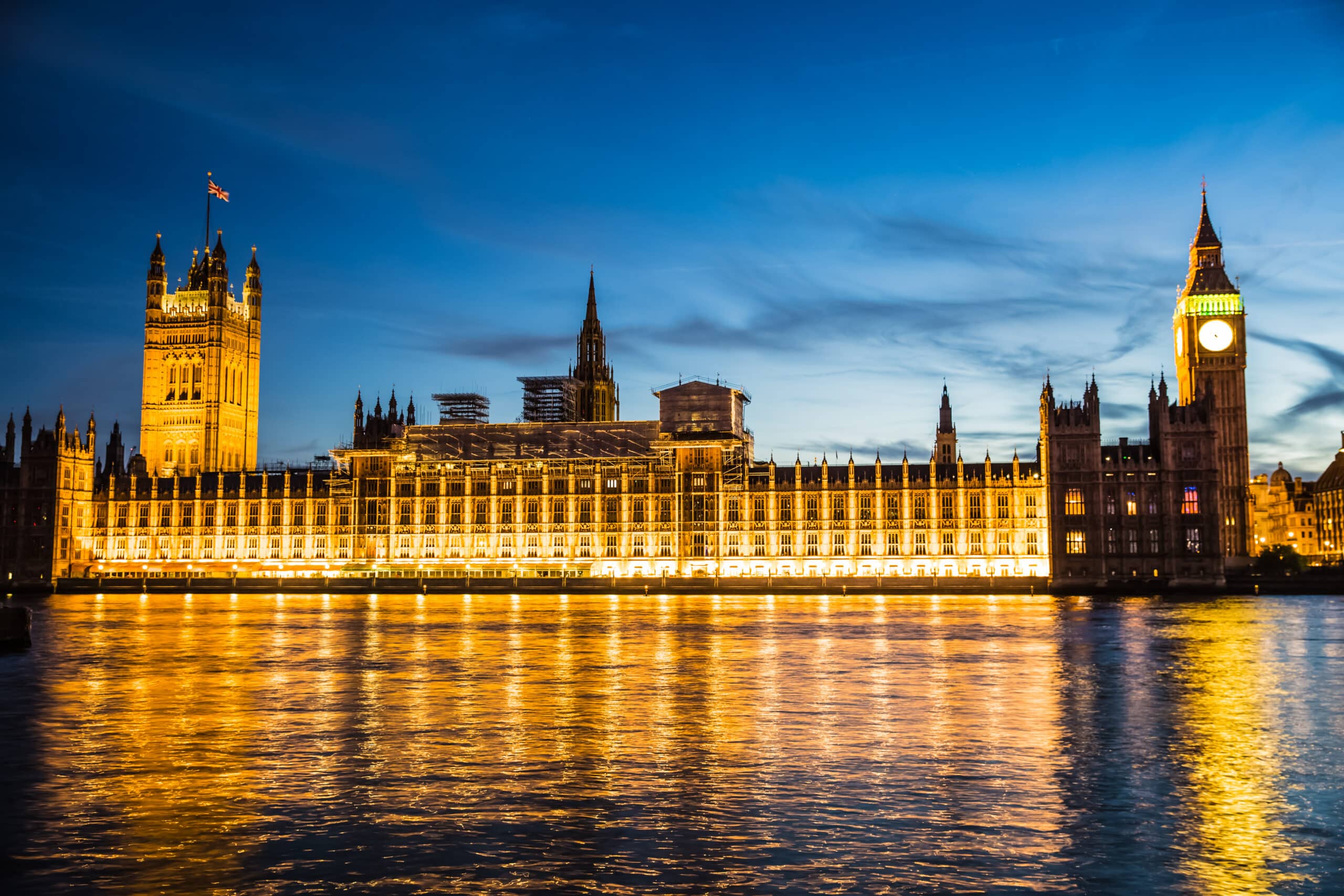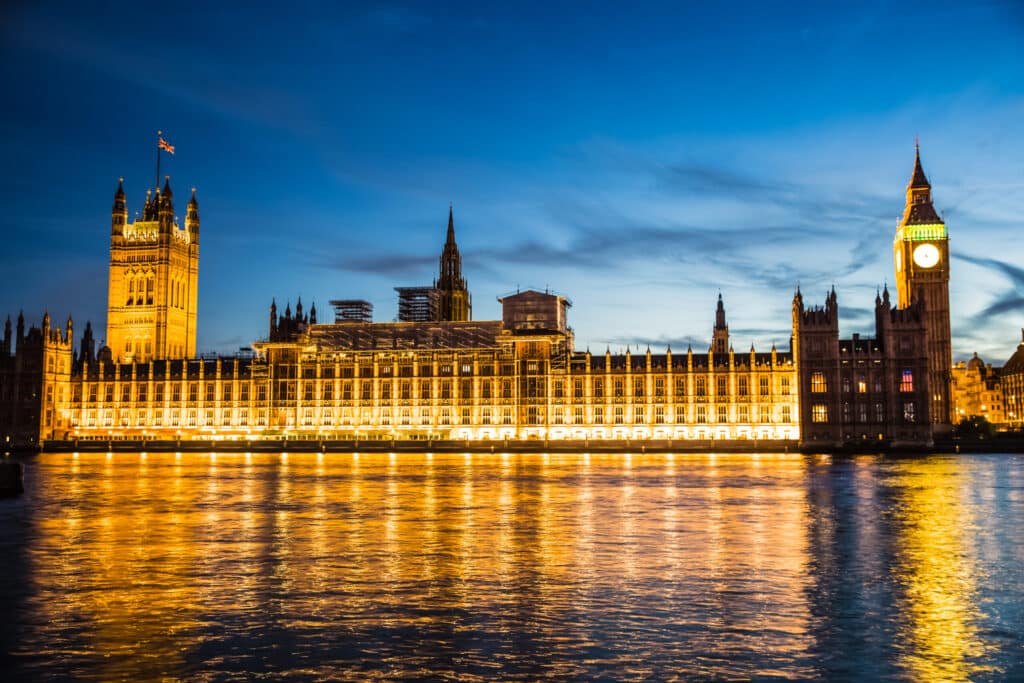Are businesses doing enough to minimise human rights abuses and will the Modern Slavery Act make a difference?
Business Ethics Debates | read time: 5 min
Published: 1 December 2015

Frances House, Deputy Executive Director of the Institute for Human Rights and Business (IHRB) introduced GoodCorporation’s Business Ethics Debate on Business and Human Rights with an overview of the work of the IHRB and a recap of the Modern Slavery Act.
The Institute of Human Rights and Business is a “think and do” tank with four global flows:
o Labour
o Information
o Finance
o Commodities
The key focus under the labour agenda is migration. In 2011 the IHRB launched The Dhaka Principles for migration with dignity; a set of human rights based principles aimed at enhancing respect for the rights of migrant workers from the point of recruitment through to safe return or onward employment. The primary focus is on responsible recruitment to combat the growing risks of debt bondage, notably forced labour and trafficking.
Forced labour and trafficking are widespread and symptomatic of a growing casualization of labour. According to the IHRB it is also likely to be found in most supply chains. The problem for businesses is that it is hidden from audits; migrant workers routinely pay recruitment fees such that debt before arrival at their place of work is typically US$2-5,000 but can be as high as US$15k. As a result migrant workers saddled with such debts are vulnerable to exploitation and find they accept conditions that would not be tolerated otherwise. Human rights abuses are not confined to supply chains in remote locations; the UK faces problems such as gang masters, trafficking, domestic slavery and bonded labour.
According to the International Labour Organization:
o Almost 21 million people are victims of forced labour (+50% are female)
o Almost 19 million victims are exploited by private individuals or enterprises
o Forced labour in the private economy generates US$150bn in illegal profits each year
o Domestic work, agriculture, construction, manufacturing and entertainment are the key sectors
So what can be done?
o Governments in those countries sending and receiving migrant labour need to enact and enforce appropriate legislation of the recruitment industry.
o Private enterprise should employ collective advocacy to put pressure on the relevant ministries in such countries.
o Auditing has not been sufficient to date and needs to go beyond employment and living conditions to explore they ways in which workers are recruited and managed overall.
o Companies need to be alert to practices such as contract substitutions, illegal deductions, lack of representation, document retention etc.
o Adopting an ‘employer pays’ principle to eradicate worker fees.
Managing this is a time consuming and costly exercise for corporates, but the risk is widespread and the potential reputational damage it could cause is huge.
In 2011 the United Nations published its guiding principles on human rights:
o Pillar 1: Protect – the State’s duty to protect its citizens through legislation, National Action Plans or by adopting legally binding protocol such as the ILO Protocol on Forced Labour
o Pillar 2: Respect – The duty of corporates to respect human rights through appropriate policies, systems, due diligence and initiatives
o Pillar 4: Remedy – The collective duty of state and corporate. Of the three pillars, this is still the weakest link and according to the IHRB is likely to remain so for the foreseeable future.
So are businesses doing enough and will the Modern Slavery Act make a difference?
The Modern Slavery Act became law in March 2015. It requires commercial organisations that supply goods or services, conducting all or part of their business in the UK and with a global turnover of £36m and above, to publish an annual ‘slavery and human trafficking’ statement.
The Act is seen as a good start and an important step in the right direction.
Weaknesses:
o Lack of sanctions – although it was felt that this will change in time
o Likelihood of anodyne statements to avoid creating problems with NGOs
o Potential to become a tick-box exercise
o Very little about victim support, grievance mechanisms or remedy
Strengths:
o Places labour exploitation firmly on the agenda
o Increases awareness of need for disclosure, transparency and accountability
o Will lead to greater scrutiny of the issues by stakeholders – shareholders, media, consumers
o Could lead to responsible companies going beyond the bare minimum to raise the bar
o Potential catalyst for collective action around industry standards and advocacy with governments
Businesses are starting to move in the right direction with initiatives such as the Electronics Industry Citizenship Coalition, which has a policy on no worker fees and the Dhaka Principles gaining traction.
The debate perspective:
Overall, there was optimism that the response of corporates to the Act will make a difference and that there was an appetite for change. It’s existence on the statue books gives permissions for UK corporates to start the dialogue and address the issues.
However, individual businesses may struggle to drive change on their own. Multi-layered supply chains present a problem and businesses would welcome more tools or methodologies to help with human rights risk assessments, audits and due diligence.
While this forms part of non-financial auditing and is voluntary, boards will need to be made aware of the risk of exposure, the need to take steps to protect reputation and the positive benefits of taking a proactive position on human rights. NGOs and the public are likely to ‘police’ corporates in their management of human rights and with the far-reaching impact of social media any exposure could have a potentially damaging impact.
Some businesses are changing their worker recruitment policies in addition to paying closer attention to employment conditions.
Businesses would also welcome a change in government procurement in a bid to incentivise change. This could be achieved by shifting the emphasis away from ‘lowest cost’ bids and placing greater importance on demonstrating high ethical standards.
While some felt that reporting could easily be meaningless, businesses could use their statements to identify risks, set targets and measure performance.
Honesty is needed to acknowledge the difficulty and complexity of tackling the problem. Migrant labour and the treatment of migrant workers was seen as the single biggest problem. Some felt that the best solution would be to avoid migrant labour altogether. However, companies were also encouraged to work together, in association with relevant NGOs, to eradicate recruitment fees for workers by adopting the employer pays principle.
The GoodCorporation View:
There is a risk that the reporting requirement will lead to short, anodyne statements that have no impact on company behaviour. However, the hope must be that complying with the Act will drive up concern, creating greater interest in human rights in the supply-chain that will lead to company specific or collective action to improve both working conditions and the approach to recruitment.
The suggestion in the UK government guidance that companies report on the ‘effectiveness’ of their measures will be the most challenging area for business. This will require more than simply a tick box report and will push good companies to try to evaluate what is happening in their supply chains. As the debate suggested, the definition of the supply-chain and how far to go, might also prove a source of contention in company’s reports.
This is an area where we believe collective industry responses are likely to emerge and this type of sector approach would be beneficial in driving change.
Regardless of any collective action, all businesses will need to understand their salient human rights risks and the types of policies and systems needed to mitigate abuses and protect reputation. To make a difference, organisations will need to go beyond reporting and test effectiveness of their procedures.
GoodCorporation has been working with clients to help reduce the likelihood of human rights abuses from occurring using our Framework on Human Rights Governance.
November 2015
work with us
